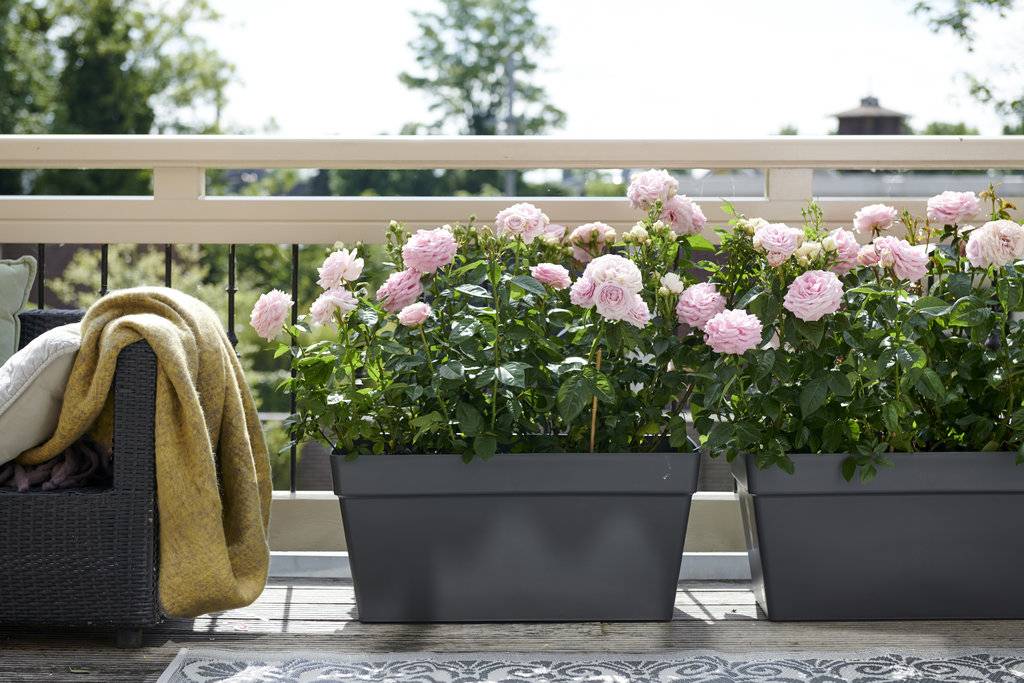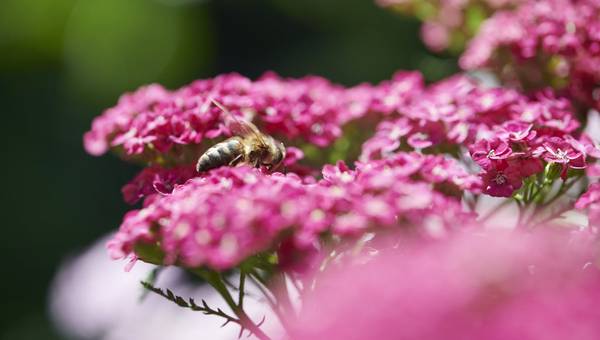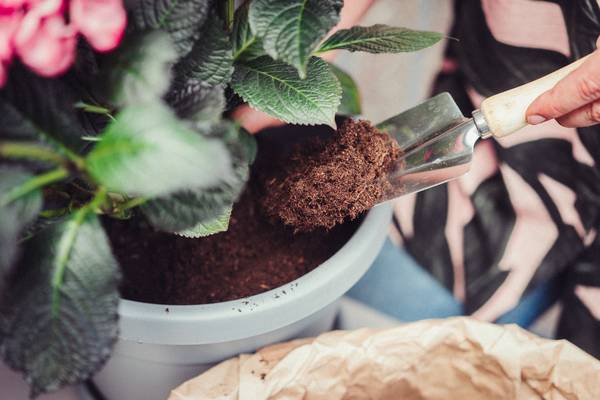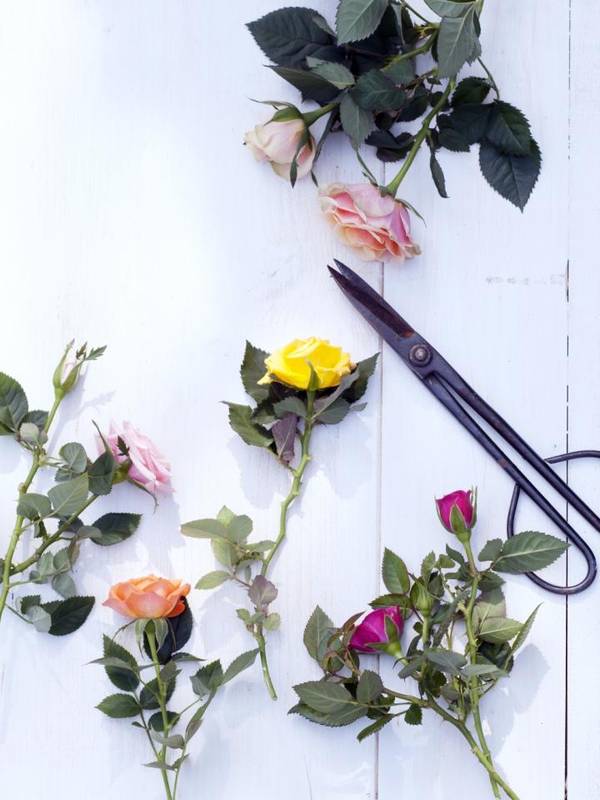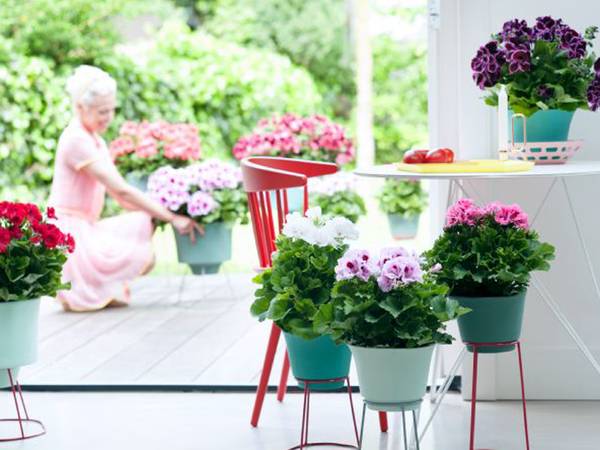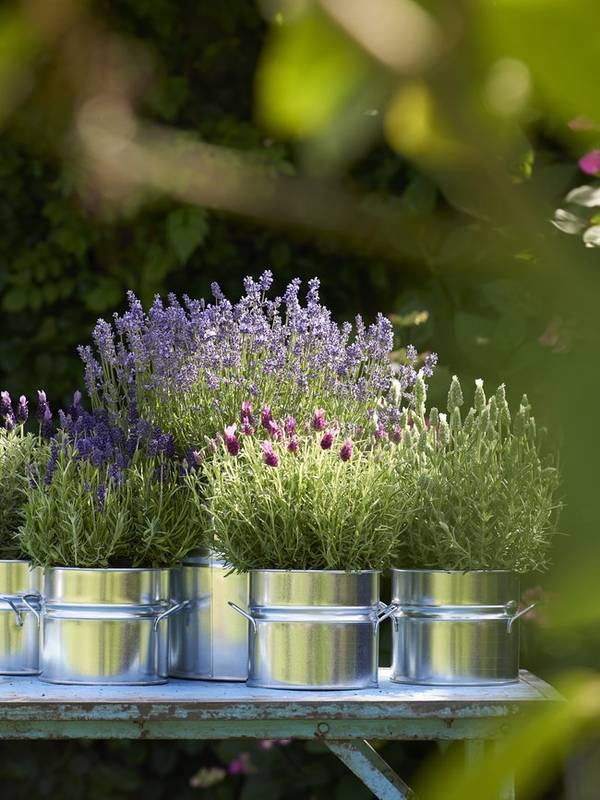
Care
- The garden rose likes to be placed in a spot with some wind and plenty of sun: at least six hours per day.
- The garden rose will have its best start in broken clay soil.
- Water regularly. The rose’s soil should not be allowed to dry out.
- The garden rose grows quickly: feed in April and again in June for an extra boost. That extra food is important for the plant’s resilience.
- Remove wilted flowers.
- Prune in spring in order to be able to enjoy attractive roses from late September.
- Hardy when planted in the soil. As a container plant it should be covered with jute (the plant still needs to be able to get rid of its moisture despite the winter protection).
Large flowered, thornless, one rose per stem or a spray rose, climbing rose, dwarf rose, rambler, standard, as a bush and also available in almost every colour - that’s quite a choice! The rose (Rosa) is one of the most refined garden bloomers and is available in many forms. The classic garden rose has an abundant, slightly untamed shape and looks best in places where nature can run wild a bit. Depending on the space you have and the size of the plants, garden roses like to be placed together in threes or fives.
A garden success for 5000 years
The rose is a member of the Rose family, and includes some 300 species in the wild. The number of bred cultivars is estimated to exceed 30,000. Wild roses arose in temperate climates. Nowadays they grow worldwide. They're plants that have long been part of the natural world - fossilised remains of wild roses have been found which bloomed 40 million years ago. The plant was used as a ‘garden rose’ for the first time some 5000 years ago in China. Until the 18th century, only white and pink roses brought colour to the garden. Only later were the red and yellow varieties added.
Trivia
- The petals are used in perfume, rosehips are used for syrup and jam.
- The name rose comes from 'rhod', the Celtic word for red. That was the most common rose colour at the time.
- A garden in which roses are the predominant plant is called a ‘rosarium’.
- Shakespeare loved roses: the word ‘rose’ occurs more than 50 times in his works.
- The world’s oldest rose is said to be more than 1000 years old and grows against Hildesheim Cathedral in Germany.
